Leather holsters are essential equipment for many gun enthusiasts. Not only do they provide a convenient way to store and transport firearms, but they also offer a stylish look that is sure to impress. But what if you want something more unique? With the right tools and materials, it’s possible to create your own custom leather holster that meets your exact specifications. In this article, we’ll discuss how to form a leather holster and answer some of the most common questions about this process.
What is a Leather Holster?
A leather holster is a type of holster made from, you guessed it, leather. It’s designed to be worn on the belt or waistband to store and transport firearms safely and securely. Leather holsters come in many shapes and sizes to fit a variety of guns, and they can also be custom-made for an even more personalized look. [1]
Fitted Leather Holster
Tools and Materials Needed
Creating a fitted leather holster requires some basic tools and materials. For starters, you’ll need a piece of good quality leather that is thick enough to hold its form yet thin enough to stitch easily. You will also need fabric shears, an awl or stitching jig, needles for stitching, thread in colors that match your leather, and optional brass rivets or other hardware. [2]
Step 1: Forming
Once you have your tools and materials, it’s time to start forming the holster. Begin by cutting a single piece of leather into two similar shapes according to the size and shape of your gun. Make sure that both pieces form a tight fit with their respective sides when placed together, then stitch them along the edges.
Next, cut two pieces of leather to form the belt slots, and stitch these in place with a leather needle. Once finished, use an awl or jig to make holes for the stitching along the holster’s edges. If you plan on adding any hardware like rivets or snaps, now is the time to do it. [2]
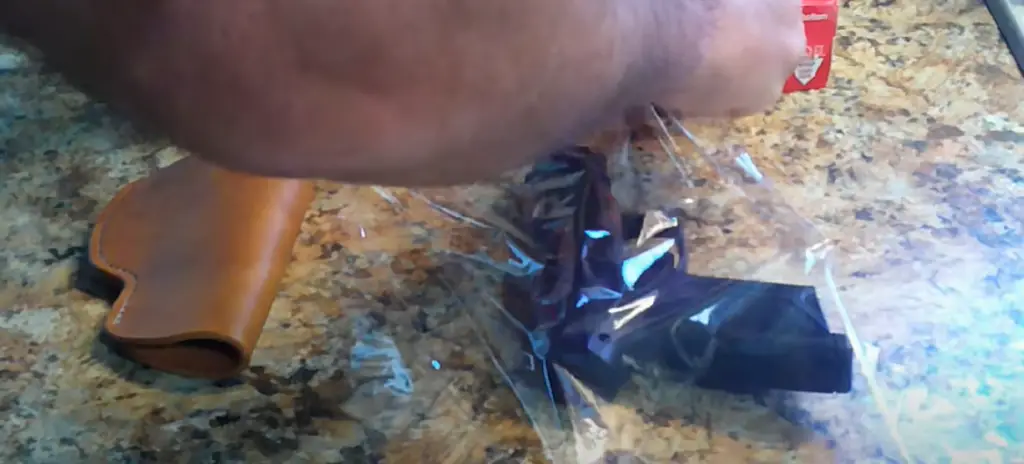
Step 2: Assembly
The last step in creating a fitted leather holster is to assemble the pieces. Start by threading your needle with waxed or linen thread and tie off at the beginning of one edge. Begin stitching along the edges, working from one side to another. When you reach the end, tie off your thread and trim any excess. [2]
Step 3: Sewing
Once your holster is assembled, it’s time to sew in the belt slots. Begin by threading your needle with a piece of leather cord and tie off at one end of the slot. Pull the leather through each hole in turn until you reach the end. When finished, tie off your thread and trim any excess. [2]
Step 4: Finishing
The last step is to finish the holster. Depending on the type of leather you’re working with, you may want to use a special leather conditioner or wax to help protect it from moisture and damage. Alternatively, if you used any hardware like rivets or snaps, now is the time to add a bit of metal polish for extra shine and protection. [2]
Tighten a Leather Holster
Tools and Materials Needed
In order to properly form a leather holster, you will need the following tools and materials:
- Leather (Heavy Duty is ideal)
- Stitching Needles
- Thread
- Mallet or Hammer
- Dye or Stain for Color (optional) [1]
Step 1: SOH-CAH-holsta
Begin by cutting out and shaping the leather into the shape of the holster you want. This is called “SOH-CAH-holsta”. You can use a template, draw your own design, or even buy a pre-made holster form to make this step easier. Once you have your desired shape, wet the leather with lukewarm water and work it with your hands to soften and shape the leather to the form. [1]
Step 2: Insert the Mold
Take a mallet or hammer and gently insert it into the holster. This will help you form the leather to the mold better. Make sure that you don’t overdo this step, as too much pressure can be damaging to the leather. [1]
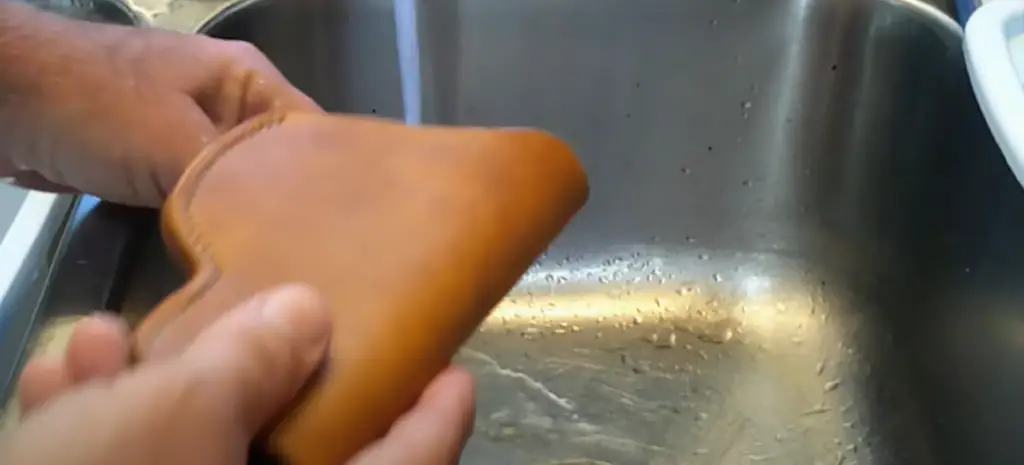
Step 3: Squish!
Once you have the mallet or hammer inserted into the holster, gently squeeze the sides of the holster together while pushing down on the mold. This will help to form and shape the leather to fit your gun perfectly. Make sure that you don’t squish too hard—you want a snug fit, not one that’s too tight! [1]
Step 4: Re-contour (if Needed)
If the holster is still a bit too large, use a pair of pliers to re-contour the edges. This will help to make it fit more snugly. Make sure that you don’t apply too much pressure as this could damage your leather holster. [1]
Step 5: Dry It Out!
Once you have the holster shaped to your desired form, remove the mold and let it dry. Once it is dry, you can move on to dyeing or staining the leather (if you want). [1]
Step 6: Try It Out!
When the holster is completely dry, it should be ready to use! Take your gun and test out the fit. If it fits perfectly, you are all set! Congratulations on forming your own custom leather holster.
If you have any further questions or concerns about how to form a leather holster, please consult with a qualified professional in order to ensure that your holster. [1]
Safety
When forming a leather holster, it is important to keep safety in mind. Make sure to wear gloves and safety goggles to protect your hands and eyes from any debris or sharp objects that might be present during the formation process. Additionally, make sure you have a clean working space with plenty of ventilation and no open flames. It is also important to use the correct tools for each step of the process to ensure that the holster is formed safely and correctly. [2]
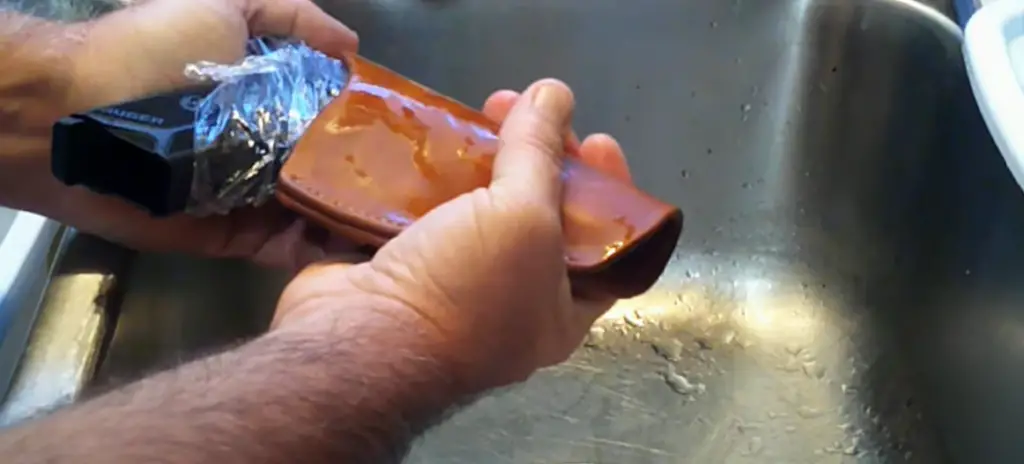
Tips
Forming your own leather holster can be a rewarding experience. It’s not only satisfying to create something with your own hands, but you’ll also have the assurance of knowing that you’re carrying a comfortable and secure holster that was made just for you.
Here are some tips to keep in mind when forming your own leather holster:
- Choose the right leather for your project. Depending on what you plan to make, you’ll need to select an appropriate type of leather that is best suited for holsters. Look for a heavy-duty cowhide or bull hide that is tough enough to stand up to regular use and abuse from firearms and other items stored in the holster.
- Cut the leather pieces to size. Use a sharp knife or razor blade to cut the leather into the shape of your holster. Be sure to account for the seam allowance and extra space needed for stitching, riveting, and any other details you plan on adding to your holster.
- Wet-form the leather around your gun or other item. Start by wetting the leather with a damp cloth or sponge and then use your item to form the leather around it. If you’re making a holster for an exact gun model, you can use that gun as your pattern for forming.
- Secure the edges together. Once you have formed the leather around your item, secure the edges together using glue.[2]
Advantages of a Leather Holster
Leather holsters are a classic option for gun owners looking to keep their weapon secure and comfortable. One of the most notable advantages of leather holsters is that they mold to fit your body shape and size, making them more comfortable than other holster options. As leather is a flexible material, it can be used to create custom-fitted holsters in whatever form you need. This makes it a great option for those looking to get the perfect fit and accommodation for their weapon.
Finally, leather holsters are stylish and professional-looking. With the right design and color choice, a leather holster can be an attractive accessory that completes your gun collection. [2]
Disadvantages of a Leather Holster
Although leather holsters are a great option for those looking to carry their firearms securely, there are some drawbacks that should be considered before committing to a purchase.
One of the biggest disadvantages of using a leather holster is that it requires more maintenance than other materials. Leather holsters can become dry and crack over time if not properly maintained with conditioners or oils. Additionally, leather holsters can also become dirty and discolored if not adequately cared for.
In addition to the need for maintenance, leather holsters are also heavier than some of their synthetic counterparts. This might be an issue for those who prefer a lightweight holster that is easy to conceal or carry around. [2]
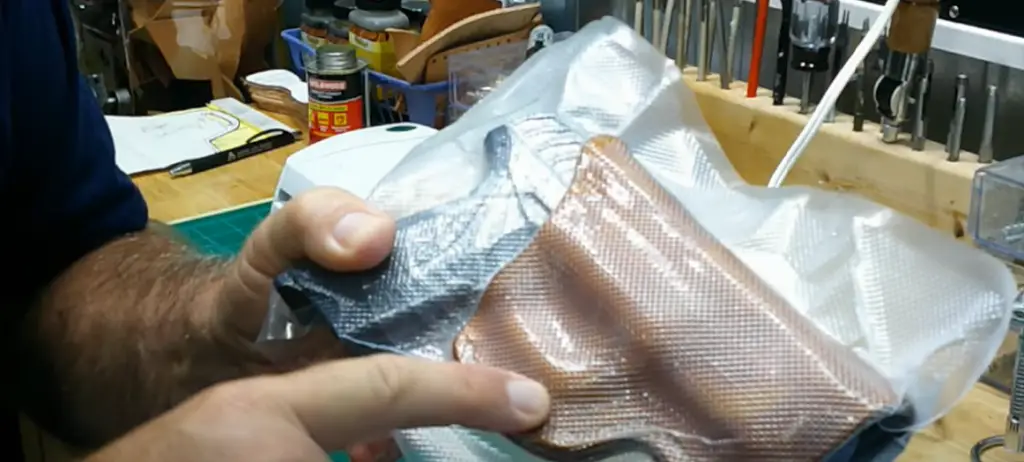
FAQ
How do you make leather hold a shape?
Leather is a malleable material that can be formed into almost any shape. To make the leather hold the desired shape, you’ll need to use an appropriate mold or form. These forms are typically made of wood or metal and come in various shapes designed for specific purposes. To ensure that your holster will keep its shape over time, you’ll want to use a form that’s made specifically for creating holsters.
What kind of leather do you use to make a holster?
The type of leather used for making a holster will depend on the desired look and feel. Vegetable-tanned leather is traditionally used to make concealed carry holsters, as it’s firm yet supple enough to offer a comfortable fit against the body. Other types of leather such as oil-tanned and chrome-tanned can also be used. The thickness of the leather is also important, as it will determine how well the holster holds its shape and how durable it is.
What thickness of leather is best for holsters?
The ideal thickness of leather for a holster will depend on the type of gun. Generally speaking, an 8-10 ounce hide is ideal for handguns such as a .45 ACP or 9mm. For rifles and larger guns, you’ll want to use 10-12 ounce leather. The thicker the leather, the more durable it will be and the better it will hold its shape.
Can a leather holster be stretched?
Yes, a leather holster can be stretched to accommodate larger firearms or to get a better fit against the body. However, it’s important to exercise caution when stretching leather as excessive stretching can cause it to become brittle and weaken its structure. It’s best to use specialized tools designed for stretching leather holsters in order to achieve the desired shape without damaging the material.
How do you stretch leather without ruining it?
The best way to stretch leather is by using specialized leather stretching tools that are designed for the purpose. These tools come in various shapes and sizes, allowing you to apply even pressure across the entire surface of the holster. It’s important to start slowly and add more pressure gradually until the desired shape is achieved.
Can you permanently stretch leather?
Yes, it is possible to permanently stretch leather by using specialized stretching tools. However, this can cause the leather to become brittle over time and reduce its overall durability. If you plan on regularly changing firearms or want to ensure that your holster will last for a long time, it’s best to use an appropriate form or mold as this will provide a better fit and more.
Does alcohol stretch leather?
No, alcohol does not stretch leather. In fact, using alcohol on leather can have the opposite effect and cause it to shrink or become brittle. It’s best to avoid using any kind of solvent on leather as this can damage the material. The safest way to stretch leather is by using specialized tools made specifically for the job.
Does water make leather stretch?
No, water will not make leather stretch. In fact, exposing leather to water can cause it to shrink or become brittle over time. If you want to stretch your leather holster, it’s best to use specialized tools made specifically for the job. These tools provide even pressure across the entire surface of the holster and help ensure that it won’t be damaged in the process.
Useful Video: Wet Forming a Leather Holster
Conclusion
By now, you should have a better understanding of how to form a leather holster. Remember that forming your own custom leather holster is not difficult, and it can save you both time and money when compared with buying one from the store. Be sure to take your time with each stage of the process, as this will ensure the quality of your finished product. Additionally, be sure to use the right tools and materials, as this will determine the quality of your holster. If you take all these factors into consideration, you can create a beautiful custom leather holster that will last for years to come. Thanks for reading!
Good luck on your leather-forming adventure!
References:
- https://www.instructables.com/Fitted-Leather-Holster/
- https://www.instructables.com/Tighten-a-leather-holster/


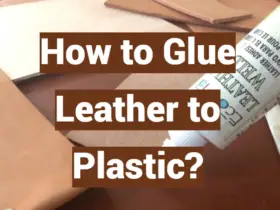
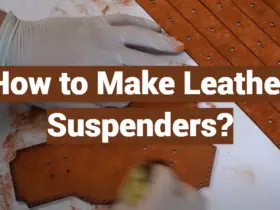

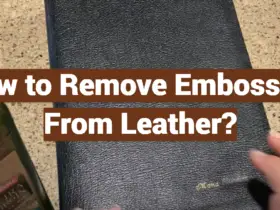

Leave a Reply